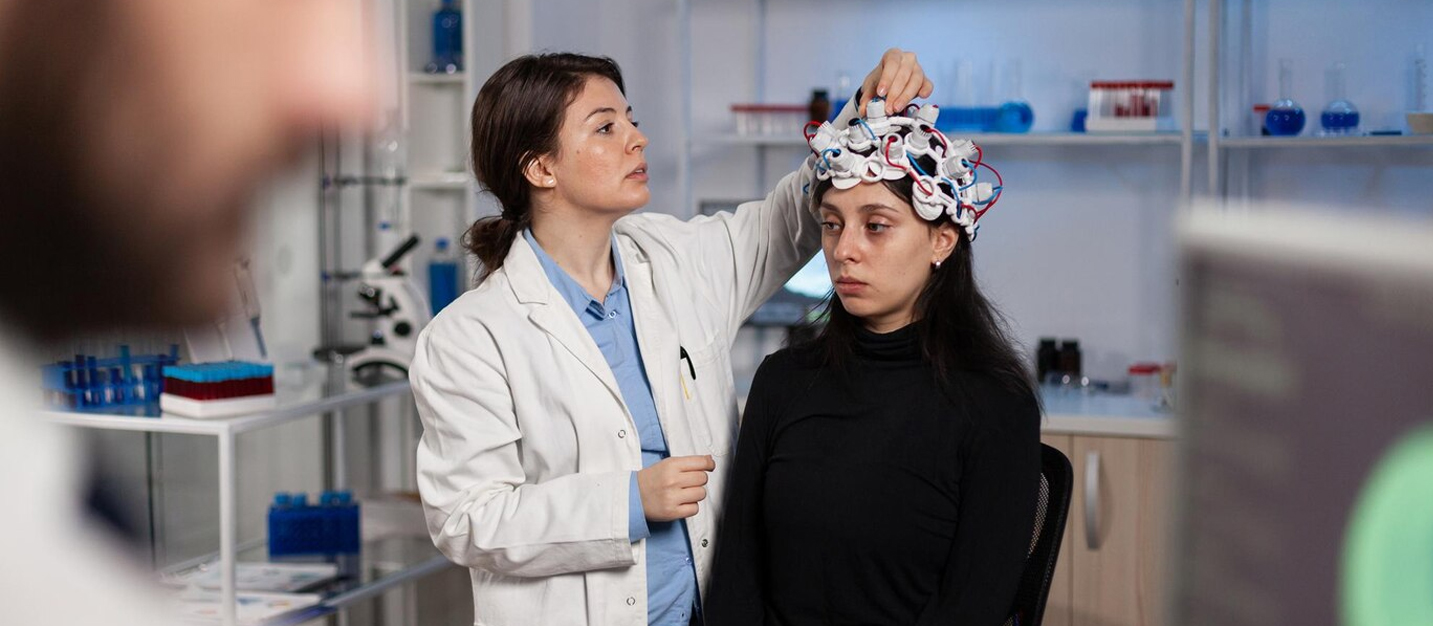
What is Fractures?
A fracture is a breach in the structural continuity of the bone cortex, with a degree of injury to the surrounding soft tissues. Following the fracture, secondary healing begins, which consists of four steps: Hematoma formation. Granulation tissue formation.